By Burt Braunius
February 13, 2015The inadequacy of top-down, controlling, and arrogant administration may be one of the lessons to be learned from the Native American Hohokam culture.
Pueblo Grande Museum and Archaeological Park sits in the middle of an urban, industrial area near the Sky Harbor Airport in Phoenix, AZ. It is the remaining evidence of the administrative center of the Hohokam people, a group that was based in the area of the site between 1100 and 1400 AD.
Two characteristics of this amazing group of Native Americans stand out in my mind.
They built outward and they built upward. The outward development was a massive canal irrigation system. The upward development involved rectangular, adobe-walled platform mounds that were in some cases topped with multi-leveled homes and great houses.
There were 500 miles of Hohokam canals that emanated from the Salt River in what is now the Phoenix area. The canals irrigated 110,000 acres of desert land and produced corn, squash, beans, and cotton. This irrigation system is believed to have supported up to 80,000 people.
The canals show engineering genius and creativity. They were wide at the mouth, tapered to draw a measured flow of water to secondary branches, and graduated to control flow rate. Development and maintenance of the canals and the related farming areas required constant community commitment, cooperative effort, and interdependence.
Toward the end of the Hohokam era larger homes were developed. While most people still lived in “pithouses,” small rectangular adobe structures, at around 1200 AD larger homes began to be built on platform mounds – adobe homes elevated above the others. In addition to the homes on platform mounds, there is evidence of a “big house” at Pueblo Grande. This house was about four stories high, an imposing edifice in a flat desert area.
Some archaeologists theorize that the platform mound house and the big house represent the development of an elite social class. It may be hypothesized that this form of hierarchical structure brought separation, segregation, and ultimately disintegration to what was once a flat, communal organizational system.
Reflecting on our visit to the Pueblo Grande Museum and Archaeological Park, I wondered:
- Would this people-group have survived longer if those in the trenches (canals) had greater control of their community and had a platform and big house construct had not emerged?
- What was the role of canal workers in this society? Were they honored or demeaned?
- Who were the administrative leaders and to what degree were they in touch with canal workers and other “hands on” workers?
- To what degree do we allow our leaders to live in platform houses and big houses and make decisions that are out of touch with our people in the trenches?
Church Leadership Center helps churches and other ministry groups to prepare leaders for meeting the needs of the Kingdom, where they are – in the trenches.
We do this by means of workshops, retreats, courses, church staff training, Elder and Deacon training, establishing leadership networks, assisting with church planning, and recommending and developing resources.
CLC also provides assessment interviews and reports; personalized training plans, classes, and certification so that participants are able to increase their effectiveness in all areas of church life.









